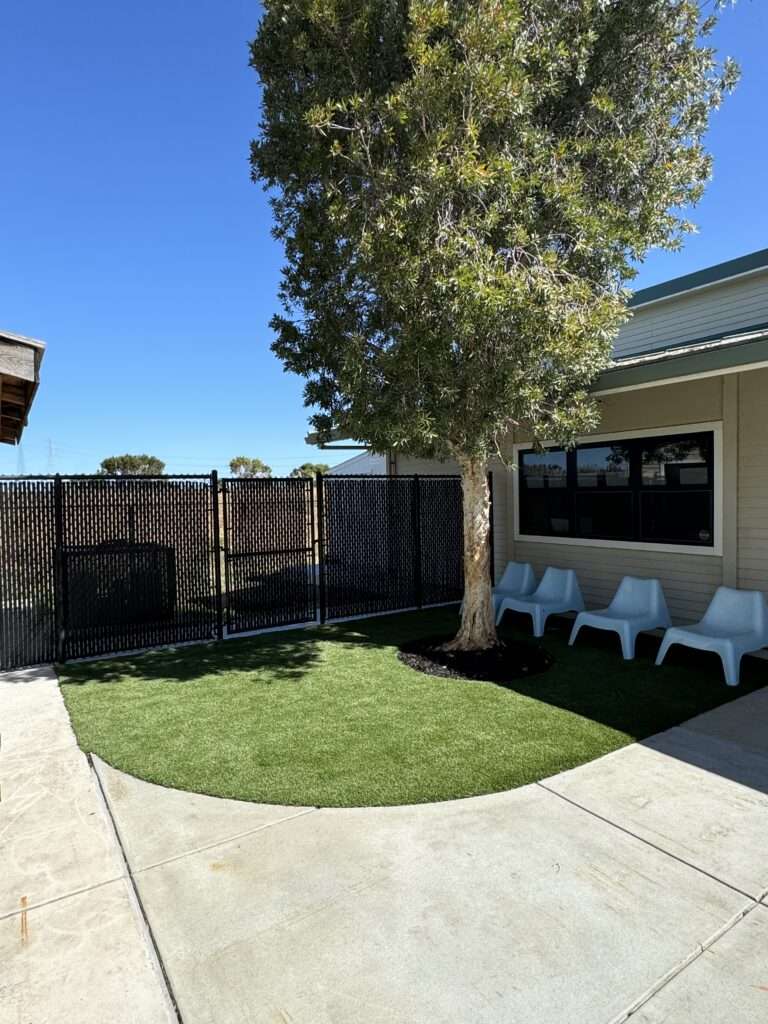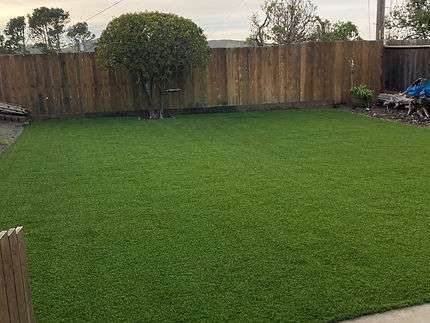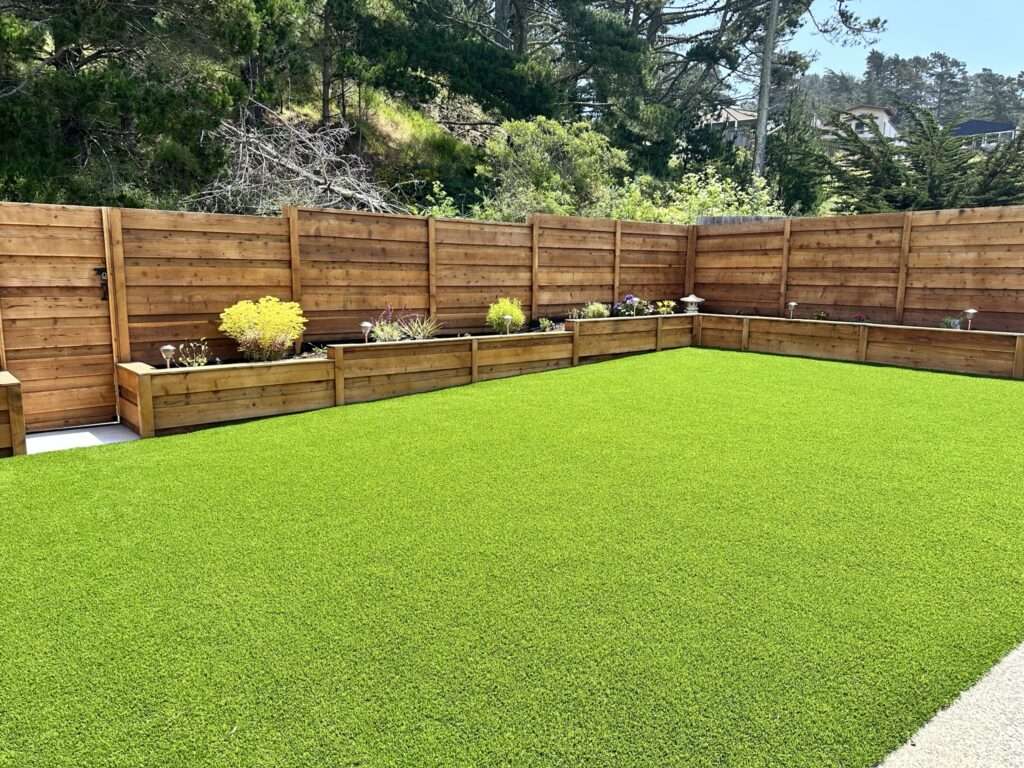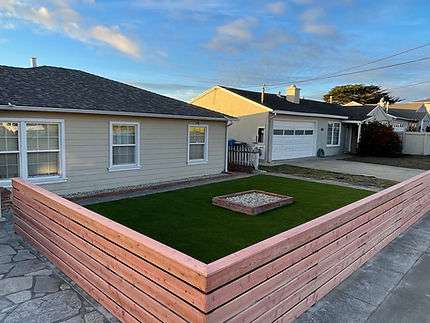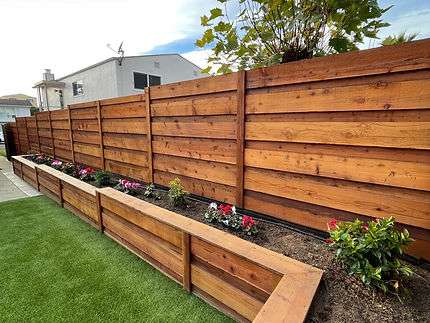Table of Contents
Introduction
A sloped backyard can be both a challenge and an opportunity. While it may cause drainage issues and limit your outdoor space, fixing a sloped backyard can transform your outdoor area into a functional, aesthetically pleasing space. In this guide, we’ll walk you through how to fix a sloped backyard step by step, offering practical solutions that are both DIY-friendly and professional-grade.
Why Fixing a Sloped Backyard is Important
A sloped backyard can cause various problems, including soil erosion, poor drainage, and limited usability. Addressing the slope can prevent water runoff issues, create more usable space, and increase your home’s curb appeal. Understanding the reasons behind fixing a sloped backyard will help you choose the best solution for your specific situation.
Assessing Your Sloped Backyard
Before diving into solutions, it’s essential to thoroughly assess your backyard’s slope and any potential drainage problems. A detailed evaluation will help you choose the right approach to fix your backyard effectively.
How to Measure the Slope
Understanding the degree of the slope is the first step in assessing your backyard. Here’s a detailed guide to accurately measure the slope:
- Gather the Necessary Tools: You will need a leveling tool (such as a carpenter’s level), a long straight board (approximately 8-10 feet), stakes, and a measuring tape.
- Mark the Slope: Drive a stake into the ground at both the top and bottom of the slope to establish reference points.
- Position the Board: Place the straight board horizontally between the two stakes. Ensure that the board is level by using your leveling tool.
- Measure the Horizontal Distance: Measure the distance between the two stakes along the board. This gives you the horizontal length of the slope.
- Measure the Vertical Drop: At the lower stake, measure the distance from the bottom of the board to the ground. This measurement is the vertical drop.
- Calculate the Slope Percentage: To calculate the slope percentage, divide the vertical drop by the horizontal distance and multiply by 100. For instance, if the vertical drop is 2 feet and the horizontal distance is 10 feet, the slope percentage is (2/10) * 100 = 20%.
Understanding your backyard’s slope percentage will help you determine the appropriate solutions for leveling or modifying the landscape.
Identifying Drainage Issues
Drainage problems are a common concern with sloped backyards. Addressing these issues is essential to prevent water-related damage and maintain the health of your landscape. Here’s a step-by-step process to identify drainage issues:
- Observe Water Flow: After a heavy rain, observe how water flows through your backyard. Note any areas where water tends to pool or flow towards undesirable locations.
- Check for Standing Water: Inspect your yard for areas where water remains stagnant after rain. Standing water can indicate poor drainage and may lead to soil erosion and plant damage.
- Inspect Soil Conditions: Assess the soil in your backyard. If the soil remains muddy or soggy long after rainfall, it may be compacted or have poor drainage capabilities.
- Look for Erosion Signs: Erosion can be a significant issue in sloped backyards. Check for exposed tree roots, washed-out soil, and bare patches of land where grass or plants are struggling to grow.
- Examine Gutters and Downspouts: Ensure that your home’s gutters and downspouts are functioning correctly and that water is directed away from the house and the sloped areas of your yard. Clogged or misdirected gutters can exacerbate drainage problems.
- Check Retaining Structures: If your backyard already has retaining walls or barriers, inspect them for cracks or signs of shifting. Damaged retaining walls can fail to hold back soil and water effectively.
- Consider Natural Drainage Paths: Identify the natural flow of water through your backyard. Water should ideally flow away from your home and towards drainage points. If water flows towards your house or other vulnerable structures, corrective measures are necessary.
By thoroughly assessing both the slope and drainage conditions in your backyard, you can make informed decisions about the best solutions to implement. Whether you choose terracing, retaining walls, or natural planting methods, understanding the specific challenges of your landscape will ensure long-term success.
How to Fix a Sloped Backyard: Step-by-Step Solutions
There are several ways to fix a sloped backyard, ranging from simple DIY projects to more complex professional solutions. Here are some of the best methods to tackle your backyard slope.
Terracing Your Backyard
Terracing involves creating flat sections on your sloped backyard by building a series of steps or platforms. This method is excellent for preventing soil erosion and creating more usable space.
How to Terrace Your Backyard
- Mark the areas where you want to create terraces.
- Dig out sections of the slope to form flat areas.
- Build retaining walls to hold the soil in place.
- Plant grass or add garden beds to prevent erosion.
Building Retaining Walls
Retaining walls are structures designed to hold back soil and create leveled areas. They can be made from various materials such as stone, wood, or concrete.
Benefits of Retaining Walls
- Prevents soil erosion
- Enhances landscape design
- Creates usable outdoor spaces
Adding Garden Beds
Garden beds can be a practical and visually appealing way to fix a sloped backyard. Raised garden beds can level out sections of your yard while providing space for plants and flowers.
How to Build Garden Beds on a Slope
- Choose the location for your garden beds.
- Use wooden frames or stones to build the bed structure.
- Fill with soil and plant your desired vegetation.
Creating a Natural Slope with Plants
If you prefer a more natural look, consider using plants to stabilize the soil and reduce erosion. Choose ground cover plants, shrubs, and trees that thrive on slopes.
Best Plants for Sloped Backyards
- Creeping Juniper
- Periwinkle
- Daylilies
- Grasses
DIY vs. Hiring a Professional
While some backyard fixes can be done as DIY projects, others may require professional help. Here’s a quick comparison to help you decide:
| DIY Solutions | Professional Help |
|---|---|
| Terracing | Complex retaining walls |
| Planting ground covers | Drainage system installation |
| Building small garden beds | Large-scale landscaping |
Consider the complexity of your project and your skill level before deciding whether to go the DIY route or hire a professional.
Maintenance Tips for a Fixed Backyard
After fixing your sloped backyard, regular maintenance is essential to keep it in top condition.
- Check Retaining Walls: Inspect for cracks or shifts.
- Manage Drainage: Ensure water flows away from your home.
- Prune Plants: Keep plants trimmed to prevent overgrowth.
- Reinforce Soil: Add mulch or gravel to maintain soil stability.
Conclusion
Fixing a sloped backyard can significantly enhance your outdoor living space and increase your home’s value. By following the steps outlined in this guide on how to fix a sloped backyard, you’ll be well on your way to creating a functional and beautiful landscape. Whether you choose to tackle the project yourself or hire a professional, the result will be a backyard you can enjoy for years to come.

